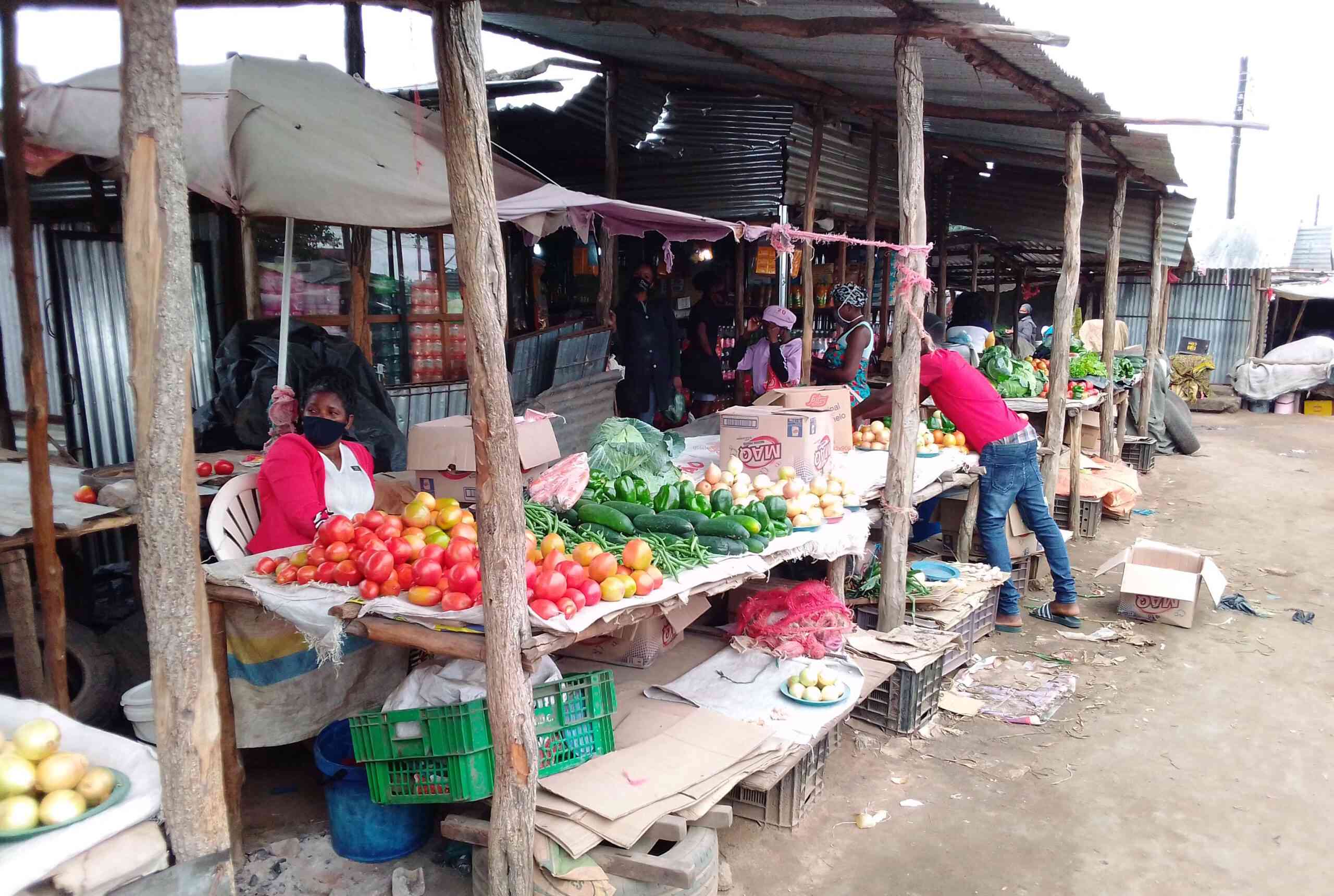
By the end of August, 17 financial institutions — 14 banks (including IDBZ, a development bank and POSB, a savings bank) and three building societies — had released their unaudited financial statements for the six months ended June 30, 2016.
Financial sector spotlight with Omen Muza
Only Steward Bank, which has an August half-year, had not released its results.
Stanbic Bank emerged top in terms of profitability, as six of the banks recorded decreases in profit compared to the same period in 2015, as did one building society, while eight banks and two building societies recorded increases.
Notably, none of the banks recorded a loss, compared to June 30, 2015, when three were in the red.
The question that arises is whether this profitability can be sustained until the end of the year, given measures instituted by the Reserve Bank of Zimbabwe, which capped some charges and interest rates?
But that’s a story for another day. The focus of this instalment is to review the environment in which the banks achieved the interim results.
Apart from presenting stakeholders with the opportunity to assess the financial health of reporting institutions, financial statements can also be quite revealing in terms of depicting the operating environment and forecasting the outlook period.
- Chamisa under fire over US$120K donation
- Mavhunga puts DeMbare into Chibuku quarterfinals
- Pension funds bet on Cabora Bassa oilfields
- Councils defy govt fire tender directive
Keep Reading
The first six months of 2016 were generally described as challenging and characterised by weak economic fundamentals, aspects of which we discuss in this article in relation to financial sector performance.
“The first half of the year presented many new challenges characterised by cash and foreign currency shortages, which impacted sector stability, confidence and market liquidity,” Standard Chartered Bank chairman, Samuel Rushwaya, said.
Nostro funding challenges and cash shortages These twin challenges were a result of the ballooning trade deficit, which eroded the capacity of the economy to sustain foreign payments and to secure desired levels of cash imports.
Incidentally, cash and nostro funding shortages began in the fourth quarter of 2015 and continued into the first half of 2016 when the full effects were felt by the market.
Ultimately, banks experienced reduced turnover with commensurate impact on revenue performance, which showed up in the bottom lines. Stanbic Bank, for instance, experienced a 12% decline in its fee and commission income to $15,6 million from $17,8 million in June 2015, saying this was a reflection of the downside impact of the market wide cash and nostro shortages, which saw a decline in transaction volumes passing through the bank’s delivery channels.
Depressed levels of capacity utilisation/economic activity The slowdown in economic activity adversely impacted on company performance, in some instances leading to outright company closures and decimation of employment, both of which ultimately contribute to shrinkage of the country’s revenue streams.
The ensuing fiscal deficit has increasingly been financed through borrowing from the domestic financial sector, which has crowding out effects on private sector borrowing.
Low commodity prices Zimbabwe relies significantly on exporting primary commodities; lower international commodity prices have reduced the inflow of foreign currency into the country in the form of export proceeds.
Since these funds are normally handled through formal banking channels, a negative impact on bank performance during the review period was inevitable.
Widening current account deficit Consumptive import pressure and limited export revenue conspired to fuel an unsustainable current account deficit, which was made worse by limited inflows of foreign direct investment and external lines of credit.
In simple terms, the country has, for a long time, been spending more on imports than what it earns from exports and at some point, matters had to come to a head. And they did, pushing the country’s trade balances further into deficit, a state of affairs that impacts on the ability of the country to build reserves and preserve liquidity.
Rising credit risk Low industrial productivity and dwindling disposable incomes for individuals meant that credit risk remained high.
Against this background of rising default levels, banks are now increasingly reluctant to lend to both individual and corporate clients, a development which has seen them routinely sitting on up to $1 billion in Real Time Gross Settlement (RTGS) balances, according to the central bank.
Predictably, another offshoot of low productivity and diminishing disposable incomes is low savings and investment, both of which also naturally affect banks’ intermediation role.
New monetary measures Among measures introduced by the Reserve Bank during the period under review to stabilise the markets were the reduction of bank charges in order to promote use of card and electronic banking channels and the establishment of an import priority list.
The limits imposed on interest rates and bank charges will no doubt put pressure on margins going forward, threatening the sustainability of bank earnings.
All things being equal, in the next instalment we can expect to discuss the banking sector outlook for the remaining six months of the year and what banks think it holds for them.
Omen N. Muza edits the MFSB. You can view his LinkedIn profile at zw.linkedin.com/pub/omen-n-muza/30/641/3b8 or initiate contact on [email protected].











